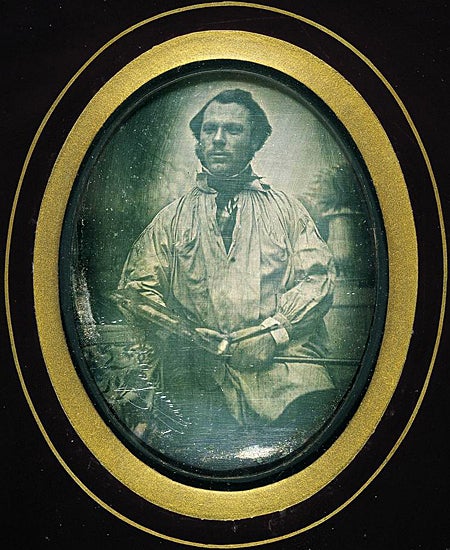
Louis-Jacques-Mandé Daguerre, widely known as the father of photography, was born on November 18, 1787, France. Dauguerre, also a painter and theatrical designer, was already a celebrated figure for his invention of the Diorama, a spectacle featuring in-the-round theatrical painting and lighting effects. He eventually partnered with Joseph Nicéphore Niépce to make lasting images using light and chemistry. Niépce had produced the world’s first permanent photograph, but the result was extremely fragile and required an eight-hour exposure. It was not until 1839, six years after Niépce’s death, that Daguerre was able to announce the perfection of the daguerreotype, a relatively permanent, one-of-a-kind photographic image made on a silver-coated sheet of copper exposed to iodine, developed in heated mercury fumes, and fixed with salt water. That same year, the patent for the daguerreotype was acquired by the French Government, which pronounced the invention a gift “Free to the World.”
Search for “Louis-Jacques-Mandé Daguerre” as creator in the Digital Library’s Advanced Search to find many samples of his surviving daguerreotypes, as well as paintings and a drawing of his Diorama, or search for daguerreotype to see dozens of images of photographs created using Daguerre’s method.



